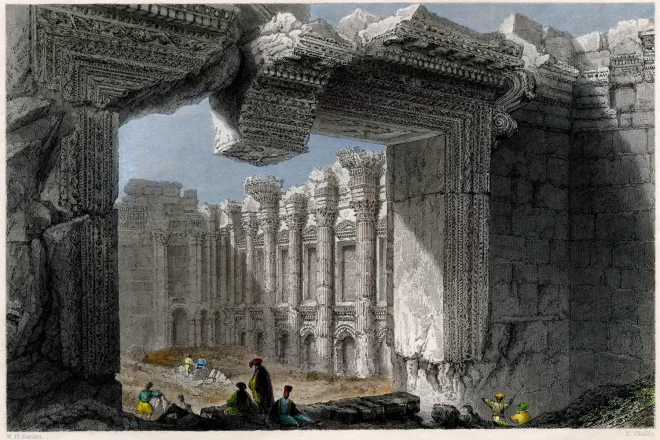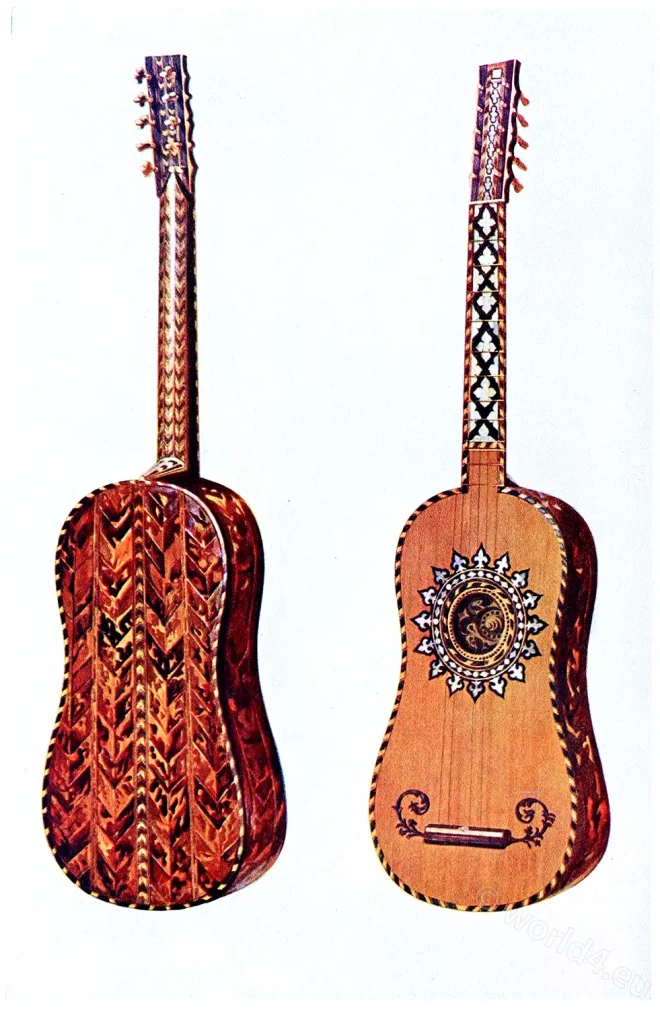Kensington Gardens are not great, nor abounding in fine plants, but the walks and grass laid out are very fine, describes Gibson.
Lago di Garda from above Desenzano.
A picturesque tour of Italy, from drawings made in 1816-1817 by James Hakewill and William Turner.
Interior of the Great Temple at Baalbek.
The ruins of Baalbek. Drawn from nature by W. H. Bartlett
The Louvre and Tuileries at Paris.
The Louvre and the Tuileries, were once central residences of the French monarchies
Bavarian Army Uniforms. Ulan, Hussar, Chevauleger around 1815.
Bavarian Military. Ulan, Common. National Chevauleger. Regiment Prince Charles. Hussar, 2nd Regiment.
Bavarian Military. Uhlan, Garde du Corps, Cuirassier, Trumpeter.
Bavarian military uniforms at the time of the Napoleonic Wars (Coalition Wars)
Bavaria. Infantry Regiment. Grenadier Guards. Chevauleger.
Bavarian military uniforms at the time of the Napoleonic Wars (Coalition Wars).
Bavarian Military Uniforms 1812-1825
Bavarian military uniforms at the time of the Napoleonic Wars (Coalition Wars)
Château d’Amboise. The character of a royal fortress.
AMBOISE is the only castle in France, which has had the honour of being sketched by Leonardo da Vinci.
The Guitar of David Rizzio.
The Spanish guitar of David Rizzio.










